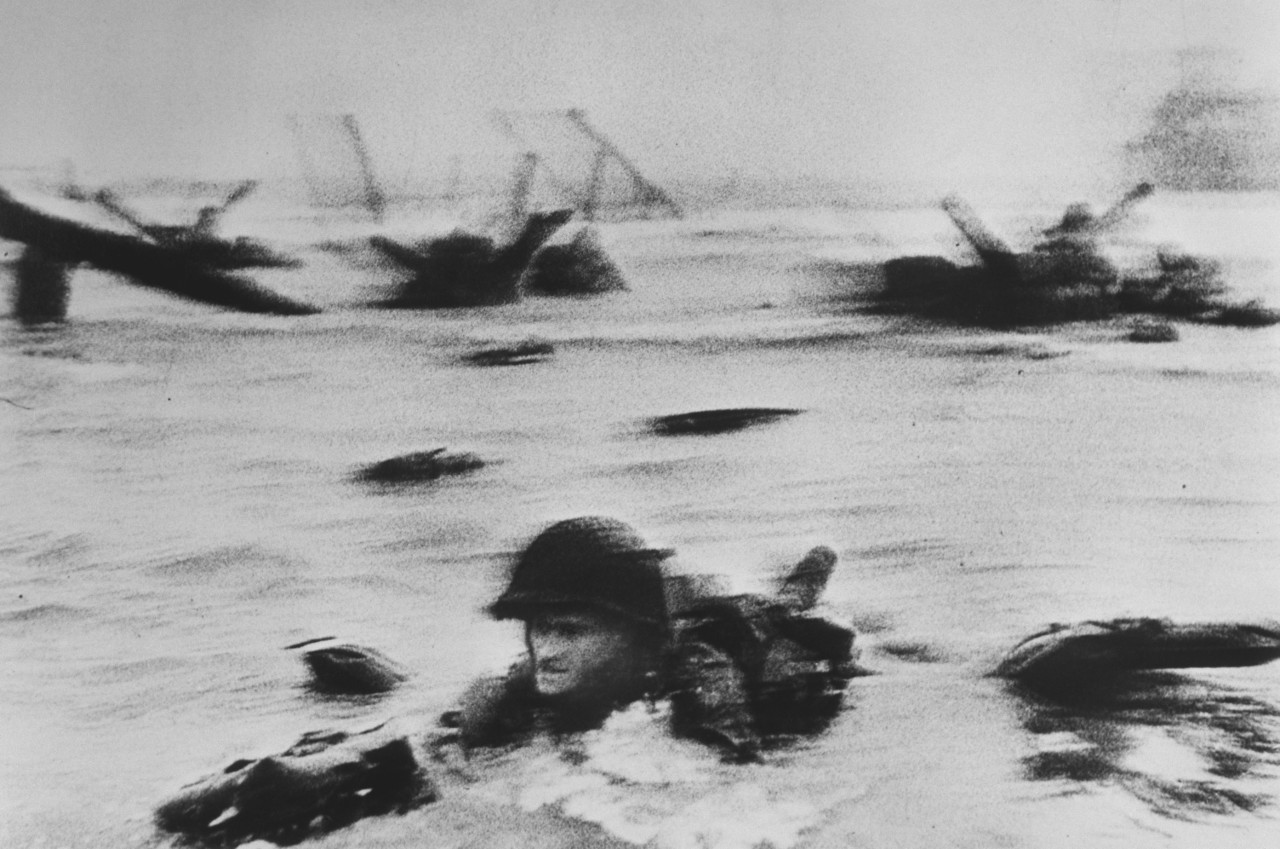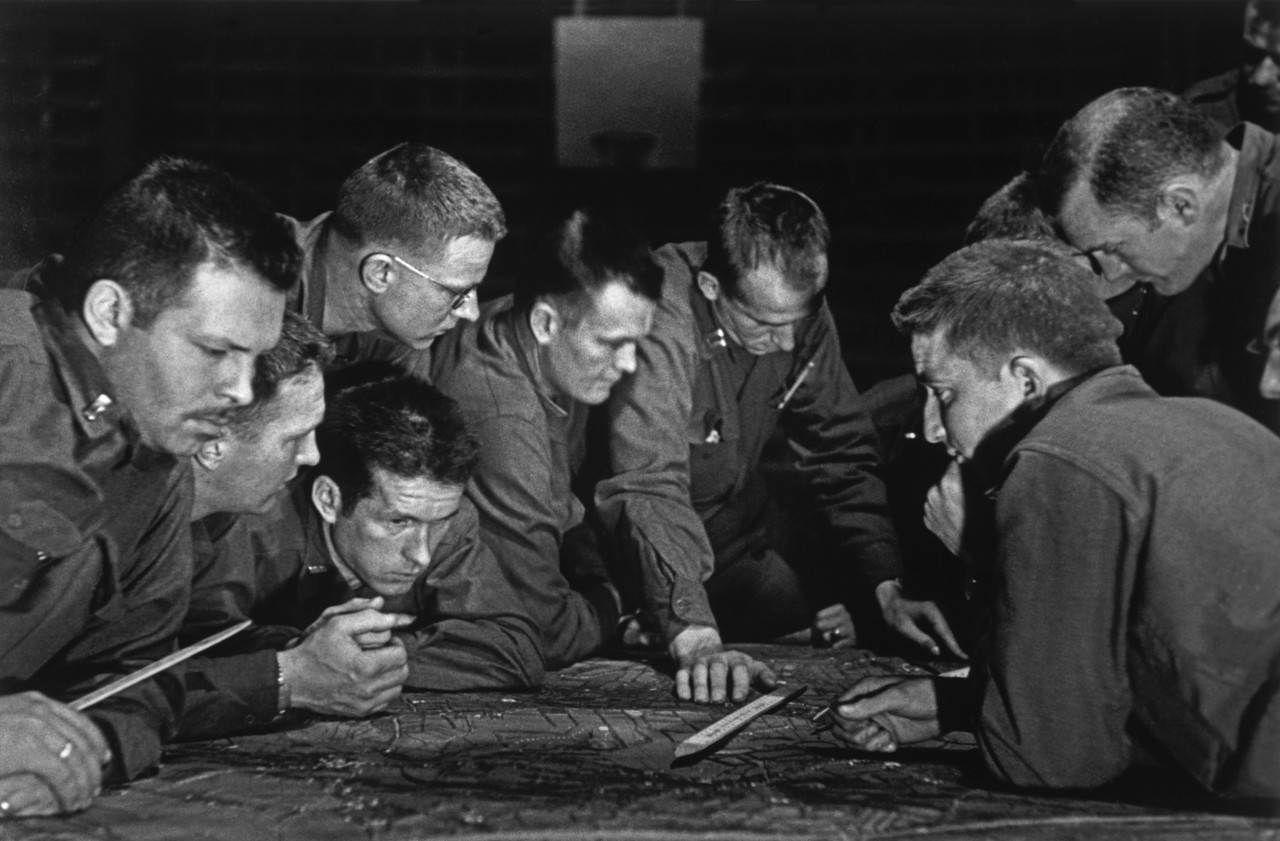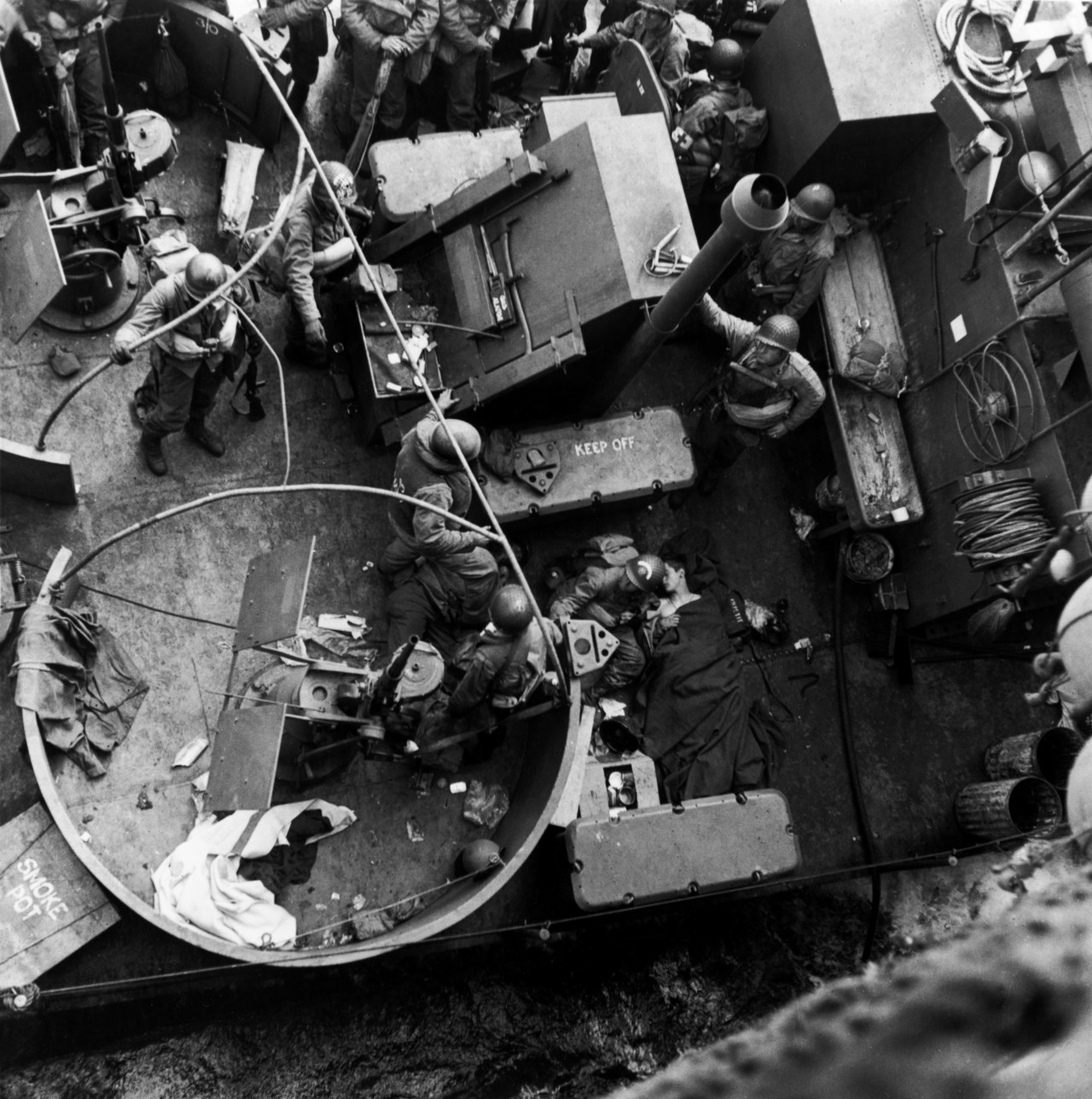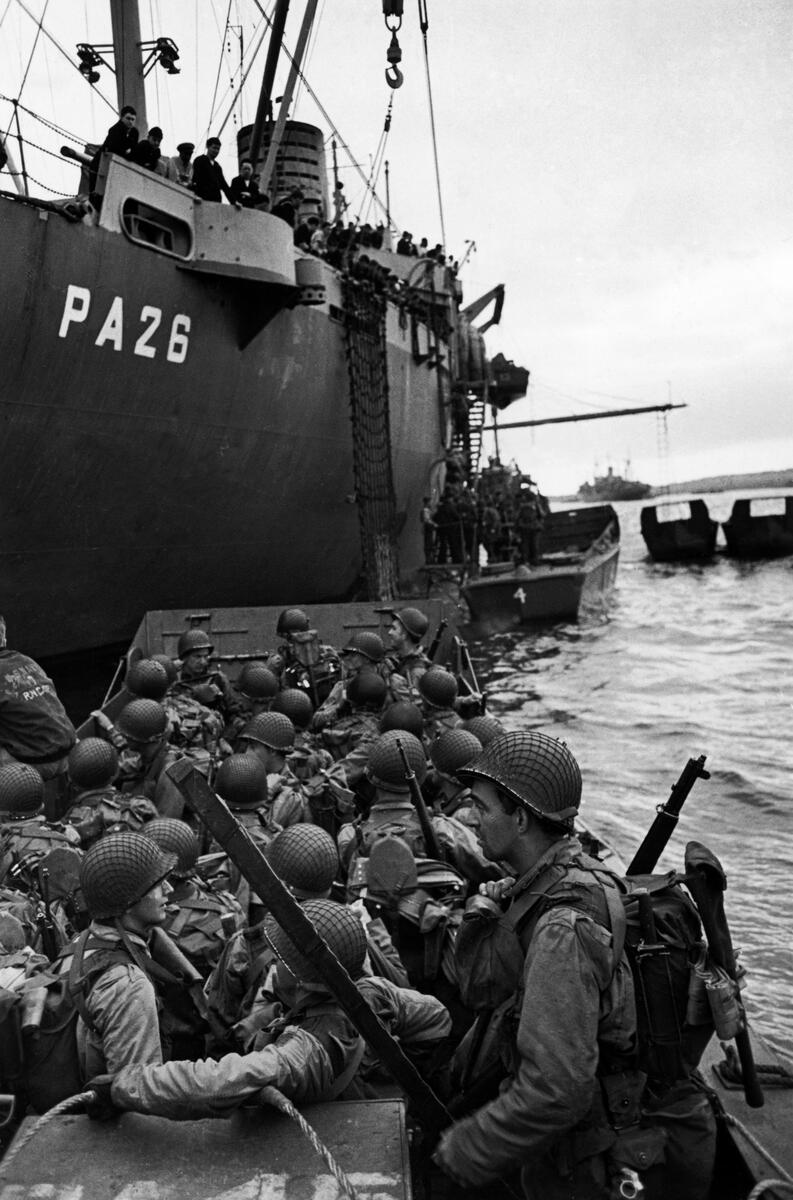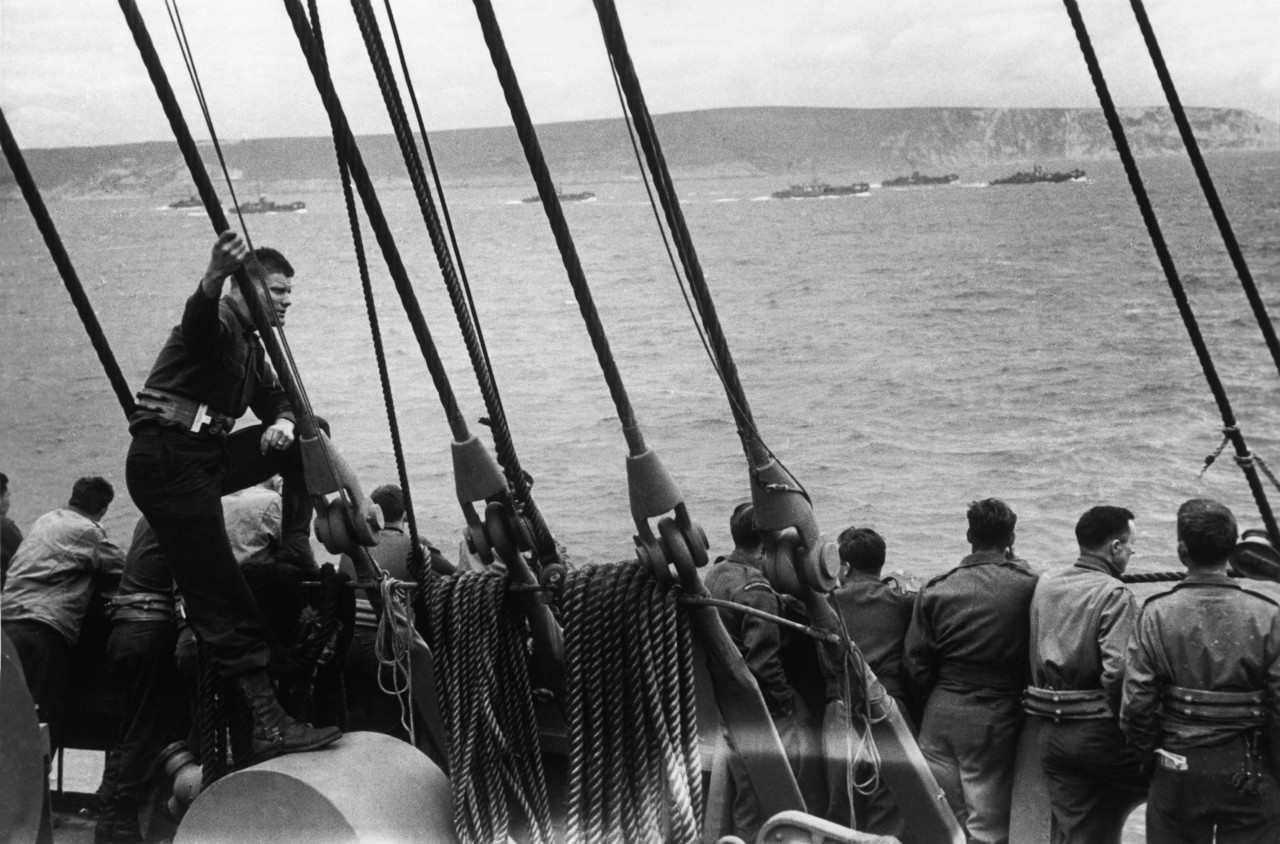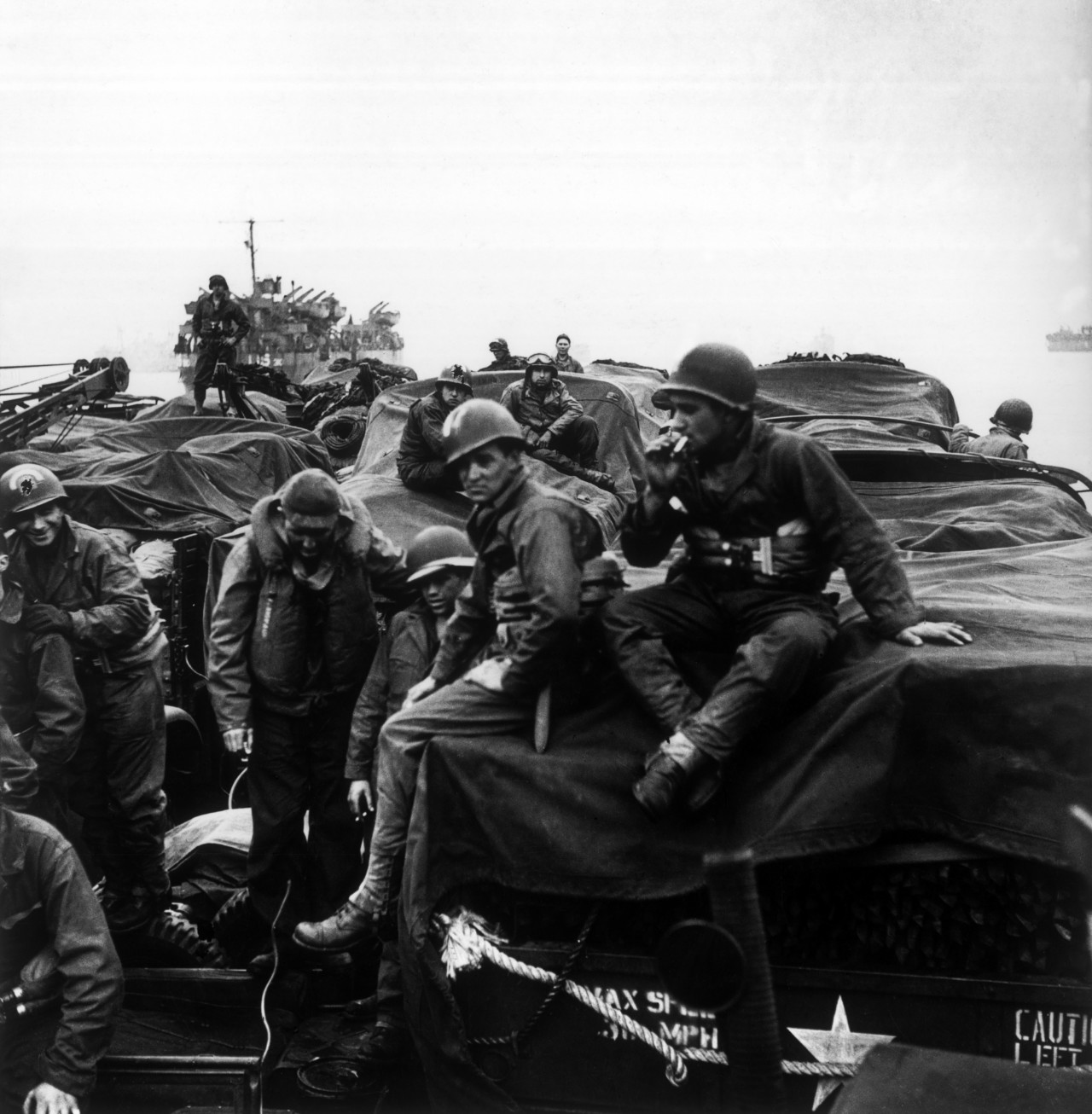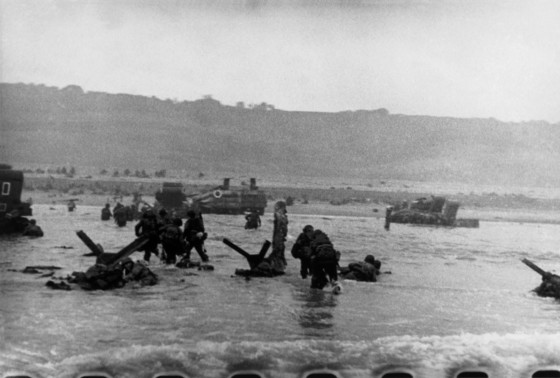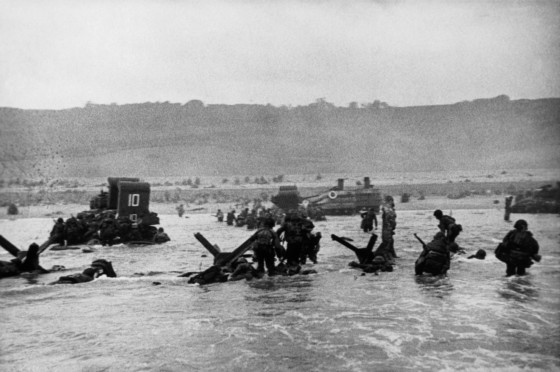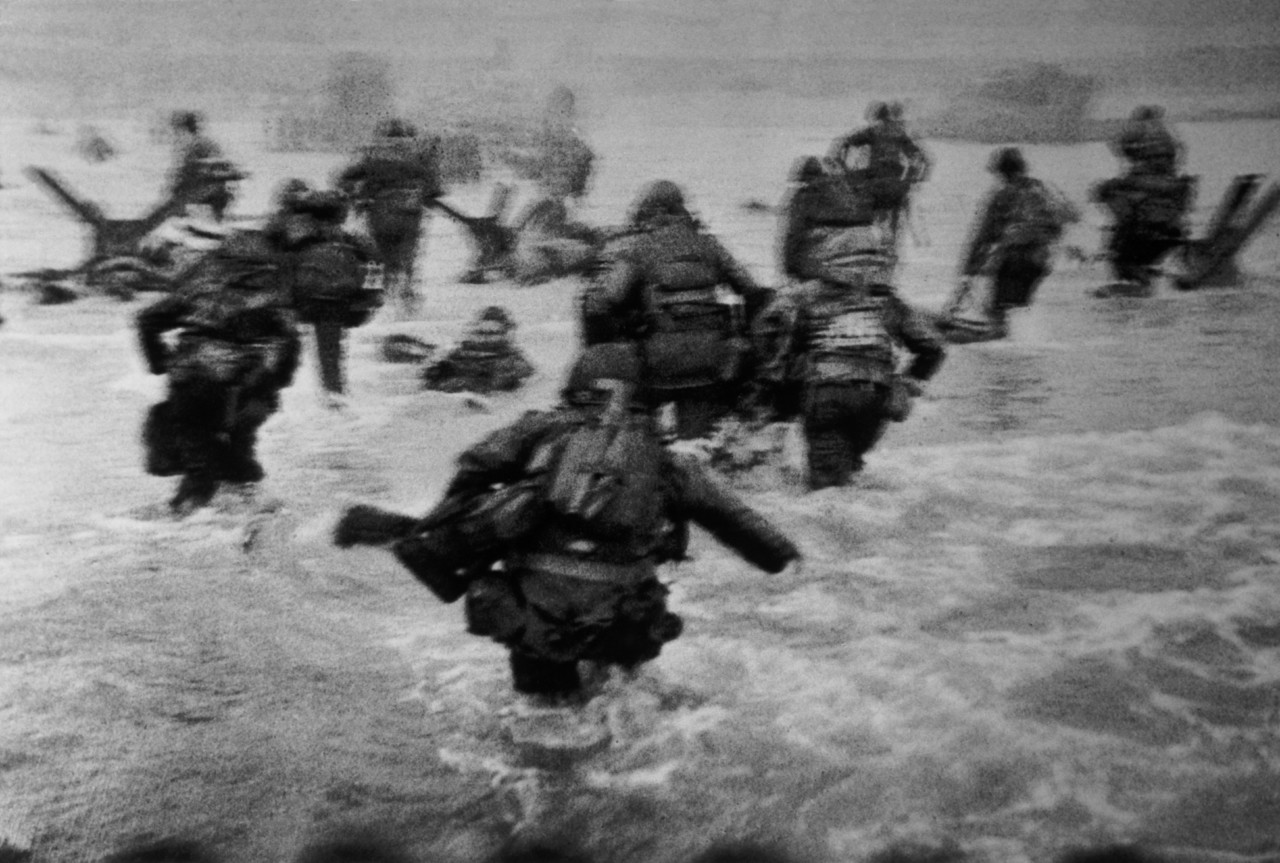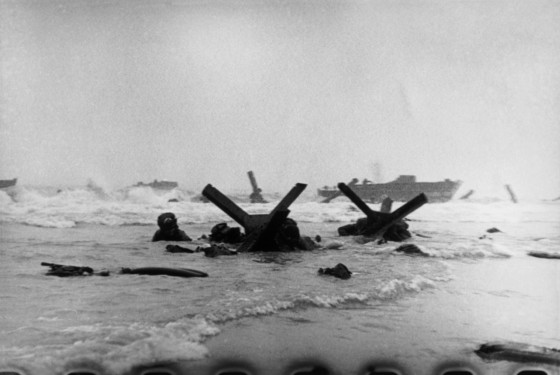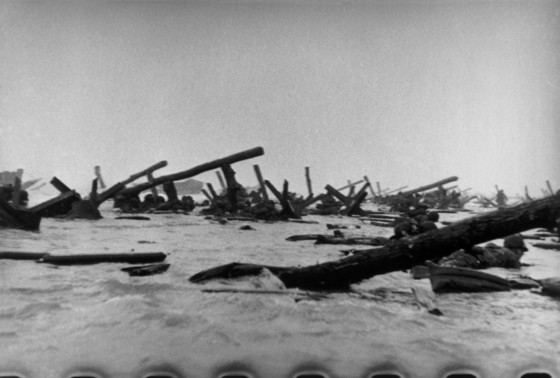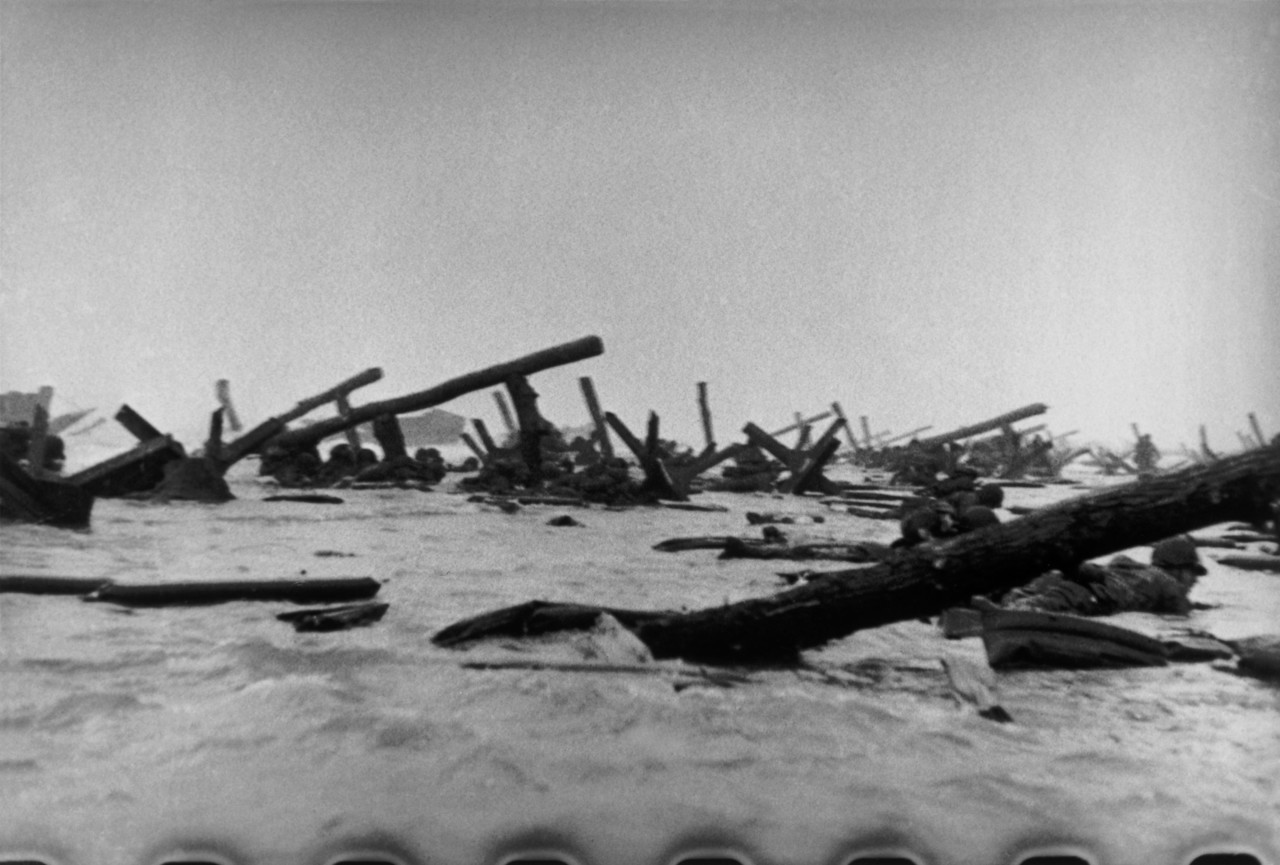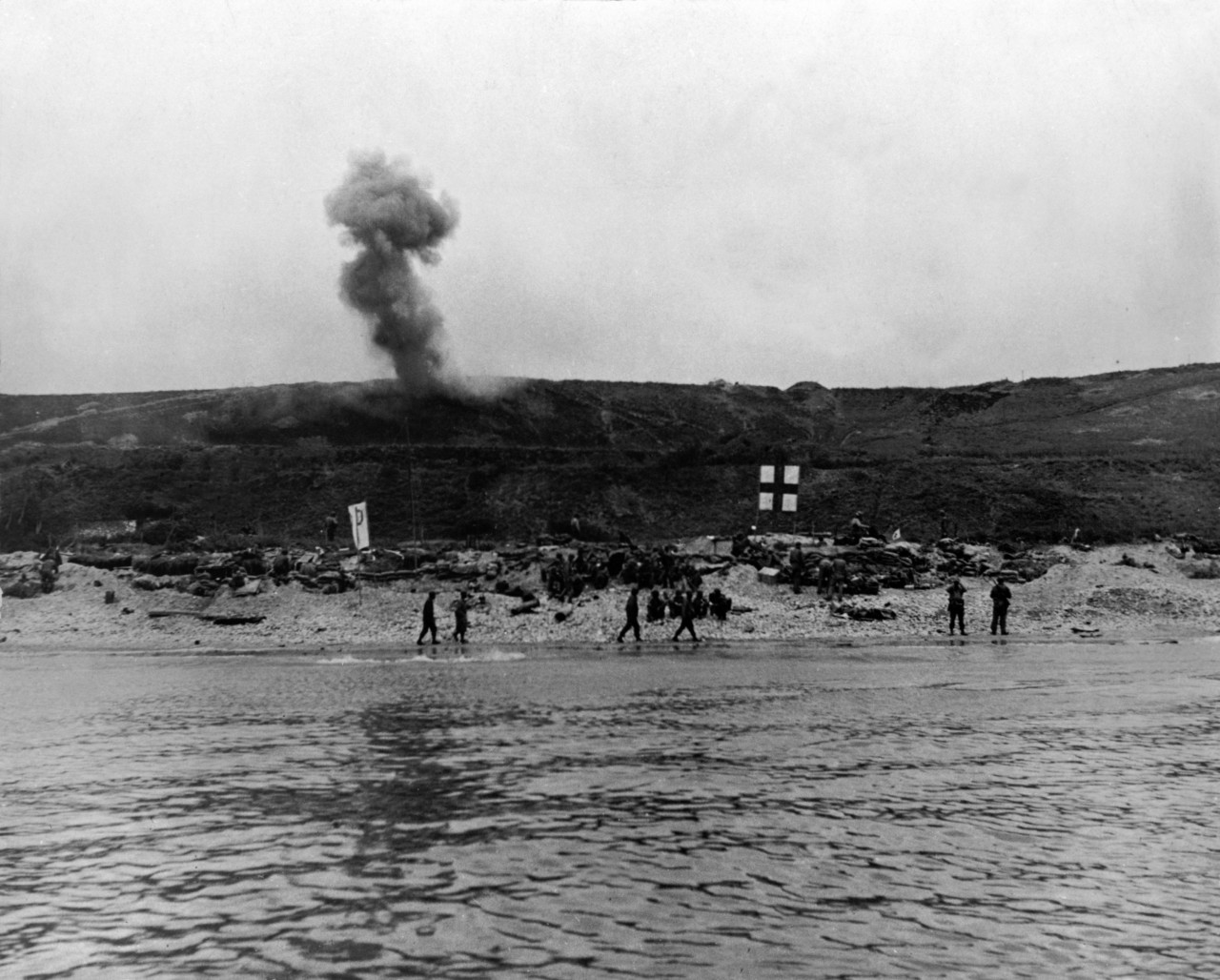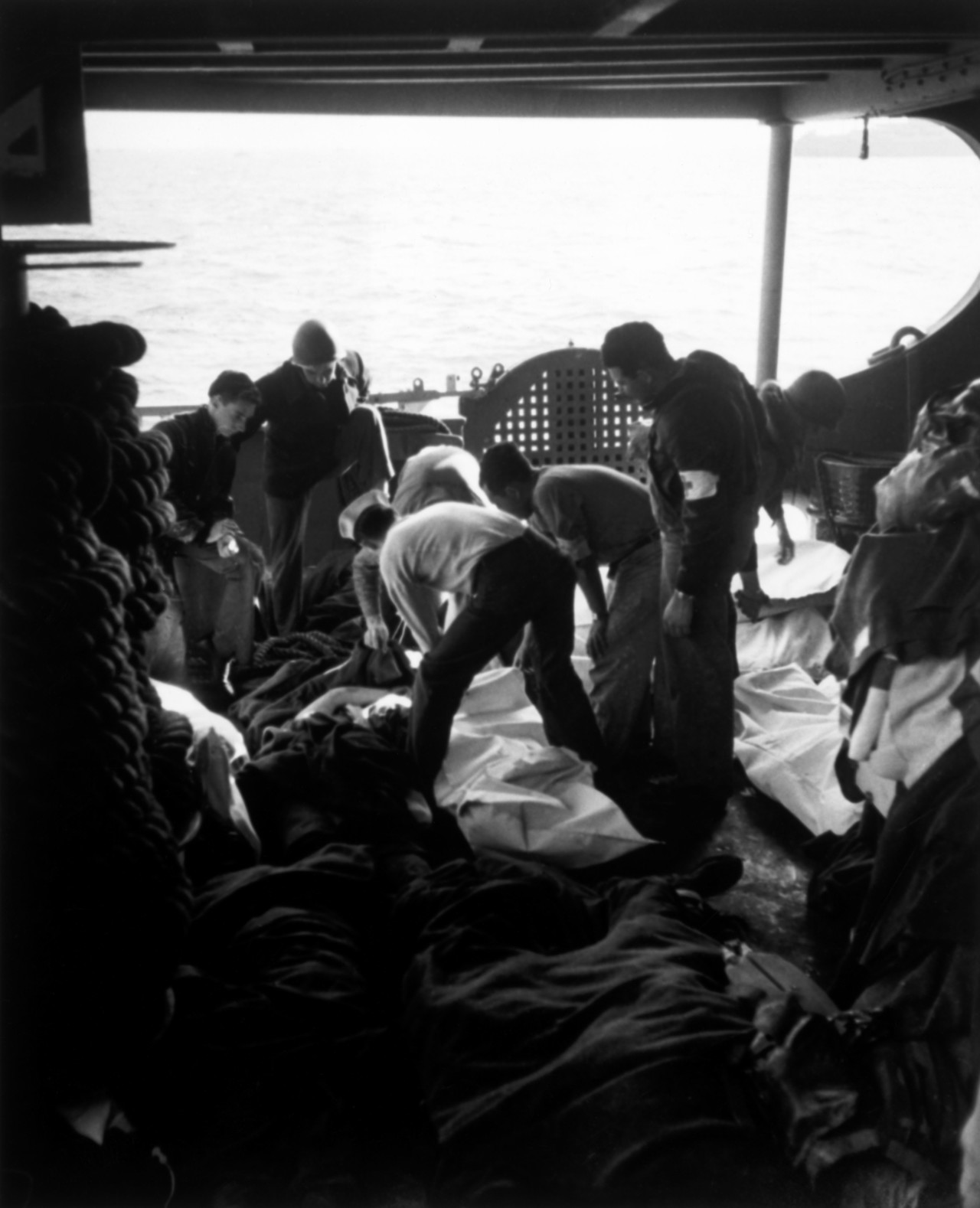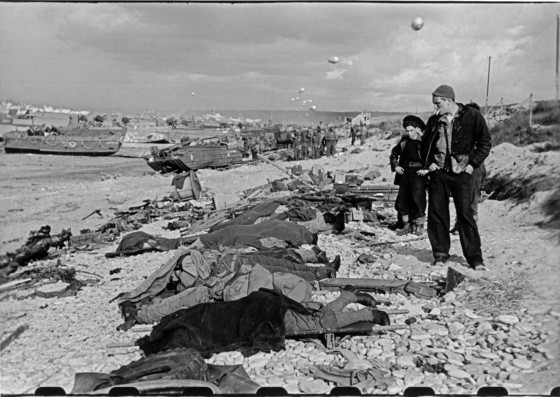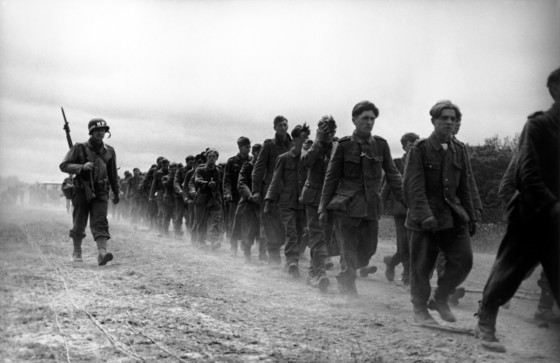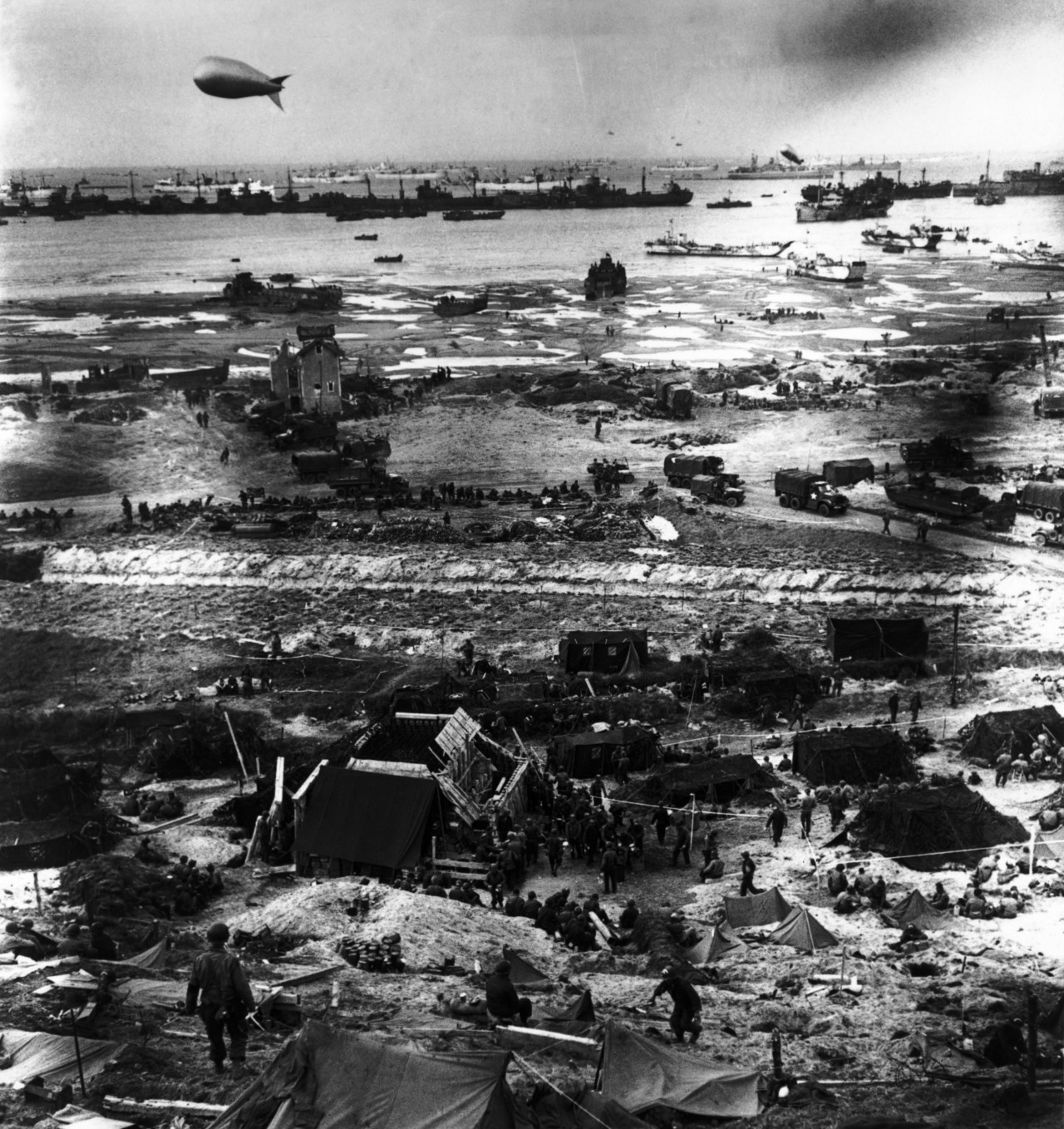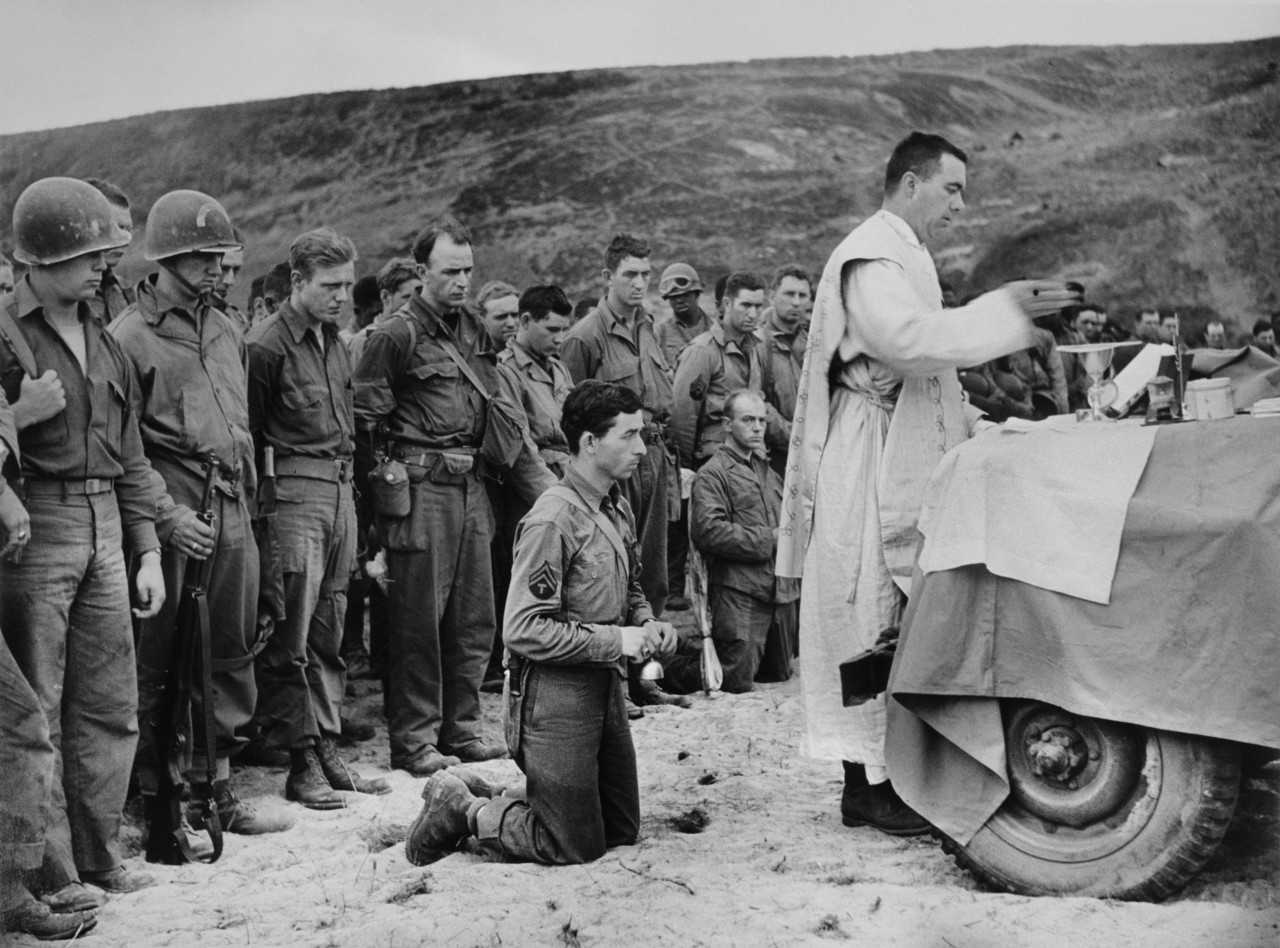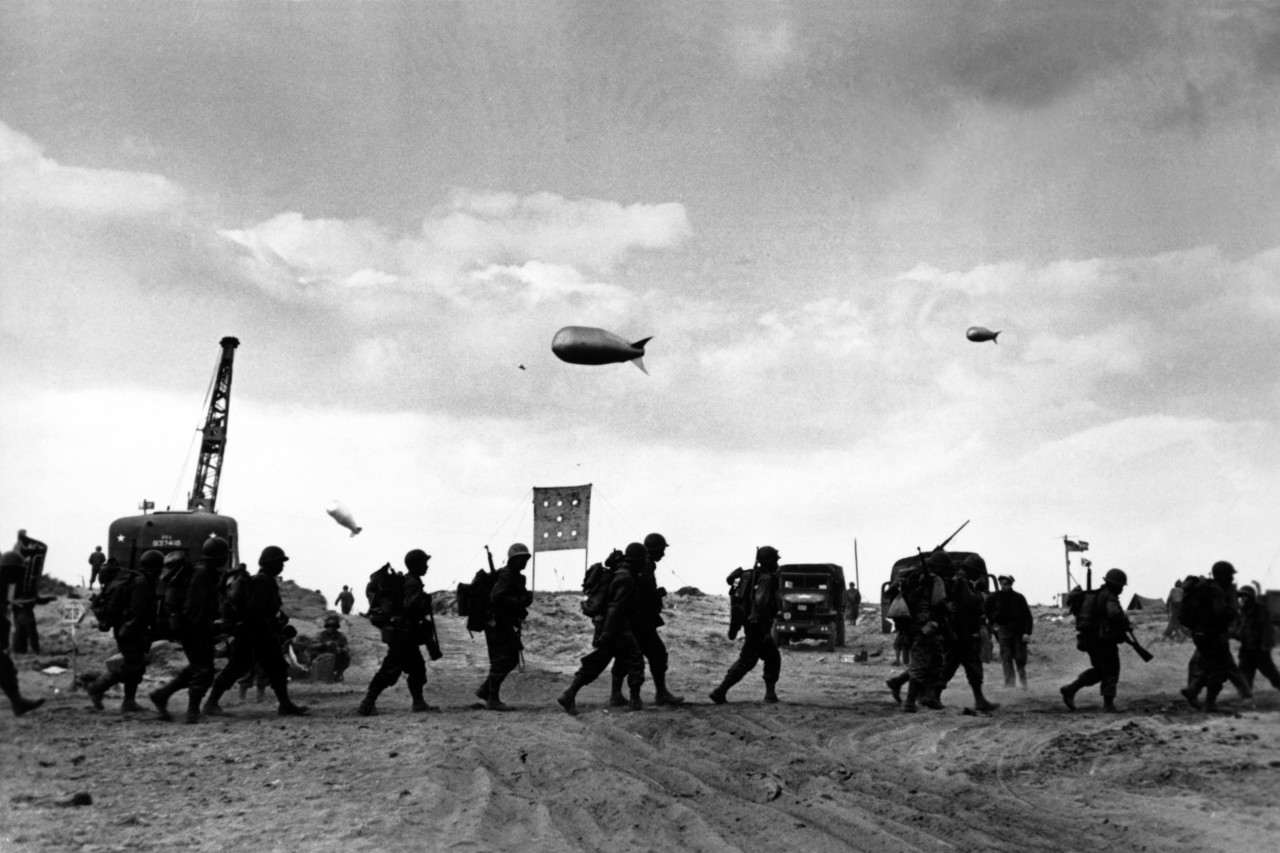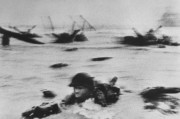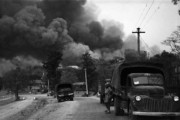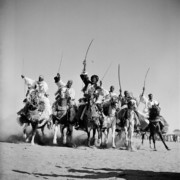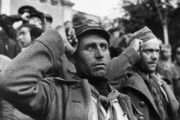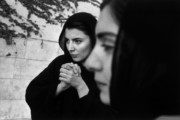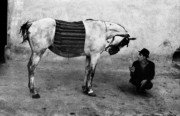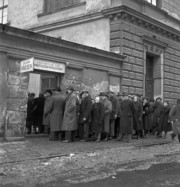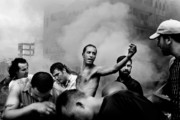D-Day and the Omaha Beach Landings
The only photographer landing with the first wave on Omaha Beach, Robert Capa’s iconic photographs provide a unique documentation of the event
Robert Capa’s photographs of US forces’ assault on Omaha Beach on D-Day, June 6, 1944, are an invaluable historic record of the Allied invasion of German-occupied France, which contributed to the liberation of Western Europe from Nazi control a year later. The largest seaborne attack in history, it was also one of the bloodiest, with a combination of strong winds, unruly tidal currents and a formidable German defensive, resulting in the loss of 2,400 American lives by the end of the first day. Capa’s documentation of the event saw him join the soldiers as they advanced, experiencing the landing on Omaha Beach alongside them as he photographed the scene.
The following text, extracted from the book “Magnum Stories,” explores Capa’s distinctive approach to photojournalism, and also includes his first-hand account of covering the invasion, from his illustrated memoir “Slightly Out of Focus.”
The genius of Robert Capa (1913–54) lay in narrative. Almost single-handedly, he created Magnum’s tradition of photographic storytelling, and it is a testament to the reputation he forged for the photojournalist-as-narrative hero that Magnum continues to be associated with it. This is despite the majority of Magnum’s photographers later discreetly or emphatically distancing themselves from his storytelling approach.
Capa’s photography is all about being there, close. His art lay in risking where to be and when, in how he built and conducted the relationships that enabled him to be there, and in how he shaped and presented the narrative of events he witnessed. Without underestimating his talent for making photographs, it hardly mattered if they were ‘slightly out of focus’ if the story in question had the ingredients of myth – of heroism, courage and sacrifice. Capa’s wars may have been terrible, but in his hands they nevertheless retained a Homeric sense of romance. His power as a communicator depended too on his mythic status as narrator, or more specifically, on being considered the ‘greatest war photographer ever’. This was not the chance product of his actions, but the role in which he cast himself – borne in his professional decisions, from adopting a suitable movie-star name (né André Friedman) to making sure he was among the first to land on the D-Day beachhead. It also involved good judgement about when it was appropriate to exaggerate the facts, something he did not try to hide. Slightly Out of Focus, his gripping chronicle of World War II written with film rights in mind, states on the original dust jacket: ‘Writing the truth being obviously so difficult, I have in the interests of it allowed myself to go sometimes slightly beyond and slightly this side of it.’ He positively sought to be, and to be seen as, larger-than-life.
What underlay his narrative strategies and showmanship, beyond his particular points of view on the rights and wrongs of any particular conflict, was a belief in the ideals of independence – both individual freedom and creative independence. In this respect, he combined exceptional courage in fully playing the role of the photographer-as-hero with a deep understanding of the value and purpose of doing so. On his own account, it allowed him to escape the poverty and anti-semitism of central Europe, and the suffocating control of employers. It also drove the creation and development of Magnum as an independent community of photographers. He used his marketing genius for conceiving and promoting photo stories to serve the organisation, procuring work for photographers, balancing individuals’ artistic or personal goals with the marketable story product. In the process, he created a narrative myth for Magnum too that has helped propel it over more than half a century.
His talent for storytelling then extended way beyond photography, and is particularly evident in his written account, in Slightly Out of Focus, of how he spent 6 June 1944:
“I am a gambler. I decided to go in with Company E in the first wave.
The coast of Normandy was still miles away when the first unmistakable popping reached our listening ears. We ducked down in the puky water in the bottom of the barge and ceased to watch the approaching coastline. The first empty barge, which had already unloaded its troops on the beach, passed us on the way back to the Chase and the Negro boatswain gave us a happy grin and the V sign. It was now light enough to start taking pictures, and I brought my first Contax camera out of its waterproof oilskin. The flat bottom of our barge hit the earth of France. The boatswain lowered the steel-covered barge front, and there, between the grotesque designs of steel obstacles sticking out of the water, was a thin line of land covered with smoke – our Europe, the ‘Easy Red’ beach.
"Waist-deep, with rifles ready to shoot, with the invasion obstacles and the smoking beach in the background - this was good enough for the photographer"
-
My beautiful France looked sordid and uninviting, and a German machine gun, spitting bullets around the barge, fully spoiled my return. The men from my barge waded in the water. Waist-deep, with rifles ready to shoot, with the invasion obstacles and the smoking beach in the background – this was good enough for the photographer. I paused for a moment on the gangplank to take my first real picture of the invasion. The boatswain, who was in an understandable hurry to get the hell out of there, mistook my picture-taking attitude for explicable hesitation, and helped me make up my mind with a well-aimed kick in the rear. The water was cold, and the beach still more than a hundred yards away. The bullets tore holes in the water around me, and I made for the nearest steel obstacle. A soldier got there at the same time, and for a few minutes we shared its cover. He took the waterproofing off his rifle and began to shoot without much-aiming at the smoke-hidden beach. The sound of his rifle gave him enough courage to move forward and he left the obstacle to me. It was a foot larger now, and I felt safe enough to take pictures of the other guys hiding just like I was.
"Between floating bodies I reached it, paused for a few more pictures, and gathered my guts for the last jump to the beach"
-
It was still very early and very grey for good pictures, but the grey water and grey sky made the little men, dodging under the surrealistic designs of Hitler’s anti-invasion brain trust, very effective.
I finished my pictures and the sea was cold in my trousers. Reluctantly, I tried to move away from my steel pole, but the bullets chased me back every time. Fifty yards ahead of me, one of our half-burnt amphibious tanks stuck out of the water and offered me my next cover. I sized up the situation. There was little future for the elegant raincoat heavy on my arm. I dropped it and made for the tank. Between floating bodies I reached it, paused for a few more pictures, and gathered my guts for the last jump to the beach.
Now the Germans played on all their instruments, and I could not find any holes between the shells and the bullets that blocked the last twenty-five yards to the beach. I just stayed behind my tank repeating a little sentence from my Spanish Civil War days, ‘Es una cosa muy seria. Es una cosa muy seria.’ This is a very serious business.
"Exhausted from the water and the fear, we lay flat on a small strip of wet sand between the sea and the barbed wire"
-
The tide was coming in now and the water reached the farewell letter to my family in my breast pocket. Behind the human cover of the last two guys, I reached the beach. I threw myself flat and my lips touched the earth of France. I had no desire to kiss it.
Jerry still had plenty of ammunition left, and I fervently wished I could be beneath the earth now and above later. The chances to the contrary were becoming increasingly strong. I turned my head sideways and found myself nose to nose with a lieutenant from our last night’s poker game. He asked me if I knew what he saw. I told him no and that I didn’t think he could see much beyond my head. ‘I’ll tell you what I see,’ he whispered. ‘I see my ma on the front porch, waving my insurance policy.’
St Laurent-sur-Mer must have been at one time a drab, cheap resort for vacationing French schoolteachers. Now, on 6 June 1944, it was the ugliest beach in the whole world. Exhausted from the water and the fear, we lay flat on a small strip of wet sand between the sea and the barbed wire. The slant of the beach gave us some protection, so long as we lay flat, from the machine-gun and rifle bullets, but the tide pushed us against the barbed wire, where the guns were enjoying open season. I crawled on my stomach over to my friend Larry, the Irish padre of the regiment, who could swear better than any amateur. He growled at me, ‘You damn half-Frenchy! If you didn’t like it here, why the hell did you come back?’ Thus comforted by religion, I took out my second Contax camera and began to shoot without raising my head.
From the air, ‘Easy Red’ must have looked like an open tin of sardines. Shooting from the sardine’s angle, the foreground of my pictures was filled with wet boots and green faces. Above the boots and faces, my picture frames were filled with shrapnel smoke; burnt tanks and sinking barges formed my background. Larry had a dry cigarette. I reached in my hip pocket for my silver flask and offered it to Larry. He tilted his head sideways and took a swig from the corner of his mouth. Before returning the bottle, he gave it to my other chum, the Jewish medic, who very successfully imitated Larry’s technique. The corner of my mouth was good enough for me too.
The next mortar shell fell between the barbed wire and the sea, and every piece of shrapnel found a man’s body. The Irish priest and the Jewish doctor were the first to stand on the ‘Easy Red’ beach. I shot the picture. The next shell feel even closer. I didn’t dare to take my eyes off the finder of my Contax and frantically shot frame after frame. Half a minute later, my camera jammed – my roll was finished. I reached in my bag for a new roll, and my wet, shaking hands ruined the roll before I could insert it in my camera.
I paused for a moment … and then I had it bad.
The empty camera trembled in my hands. It was a new kind of fear shaking my body from toe to hair, and twisting my face. I unhooked my shovel and tried to dig a hole. The shovel hit stone under the sand and I hurled it away. The men around me lay motionless. Only the dead on the waterline rolled with the waves. An LCI braved the fire and medics with red crosses painted on their helmets poured from it. I did not think and I didn’t decide it. I just stood up and ran toward the boat. I stepped into the sea between two bodies and the water reached to my neck. The rip tide hit my body and every wave slapped my face under my helmet. I held my camera high above my head, and suddenly I knew that I was running away. I tried to turn but couldn’t face the beach, and told myself, ‘I am just going to dry my hands on that boat.’
"This was my last chance to return to the beach. I did not go."
-
I reached the boat. The last medics were just getting out. I climbed aboard. As I reached the deck I felt a shock, and suddenly was all covered with feathers. I thought, ‘What is this? Is somebody killing chickens?’ Then I saw that the superstructure had been shot away and that the feathers were the stuffing from the kapok jackets of the men that had been blown up. The skipper was crying. His assistant had been blown up all over him and he was a mess. Our boat was listing and we slowly pulled away from the beach to try and reach the mother ship before we sank. I went down to the engine room, dried my hands, and put fresh films in both cameras. I got up on deck again in time to take one last picture of the smoke-covered beach. Then I took some shots of the crew giving transfusions on the open deck. An invasion barge came alongside and took us off the sinking boat. The transfer of the badly wounded on the heavy seas was a difficult business. I took no more pictures. I was busy lifting stretchers. The barge brought us to the USS Chase, the last wave of the 16th Infantry was just being lowered, but the decks were already full with returning wounded and dead.
This was my last chance to return to the beach. I did not go.
Seven days later, I learned that the pictures I had taken on ‘Easy Red’ were the best of the invasion. But the excited darkroom assistant, while drying the negatives, had turned on too much heat and the emulsions had melted and run down before the eyes of the London office. Out of one hundred and six pictures in all, only eight, were salvaged. The captions under the heat-blurred pictures read that Capa’s hands were badly shaking”.
Reproduced from Magnum Stories published by Phaidon Press Limited © 2004 Phaidon Press Limited
Read an interview with John Morris, the esteemed centenarian photo-editor who received these iconic rolls from Capa here.
Two images from Capa’s D-Day coverage feature in the Capa Collection of limited-edition posters. Browse the selection here.


